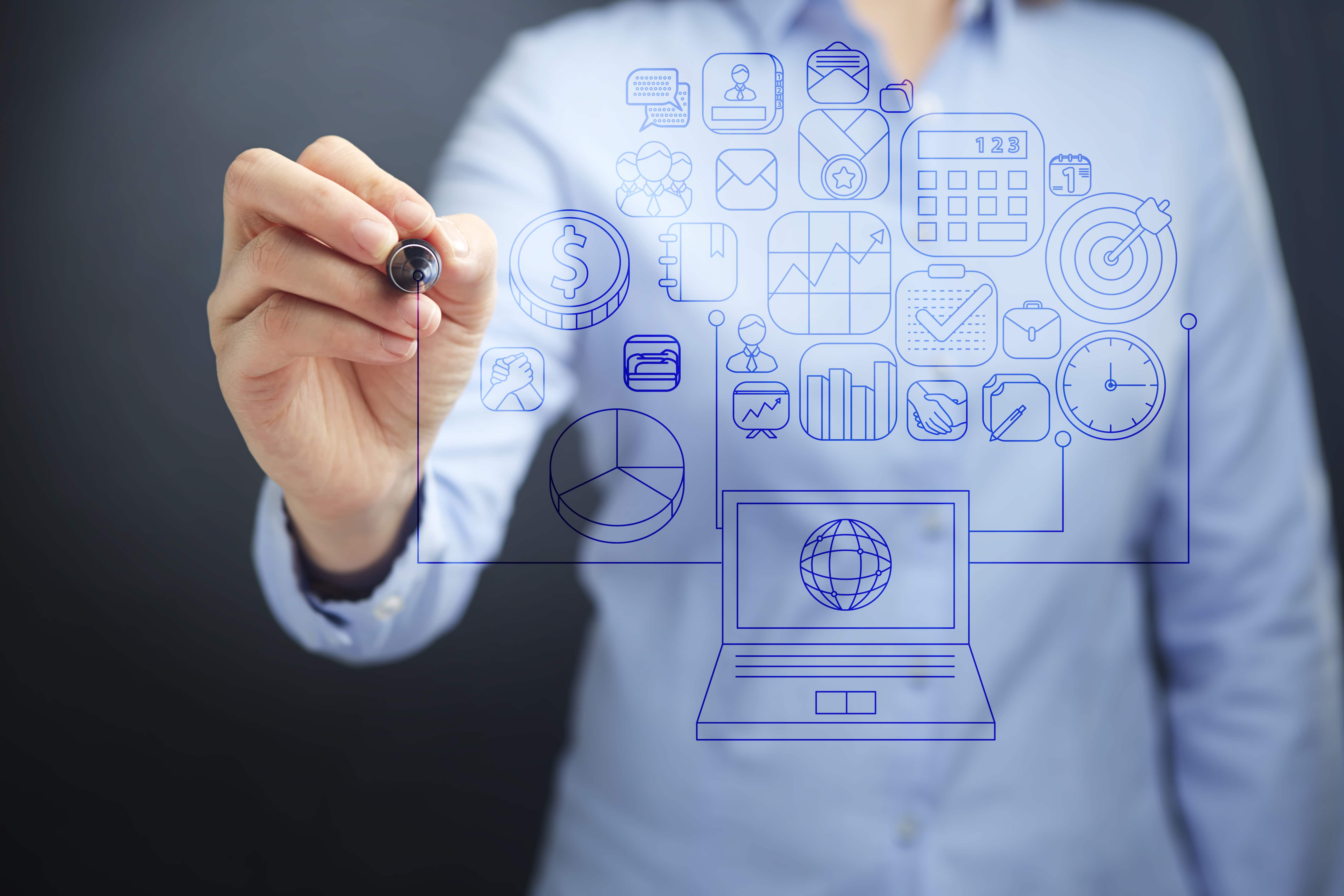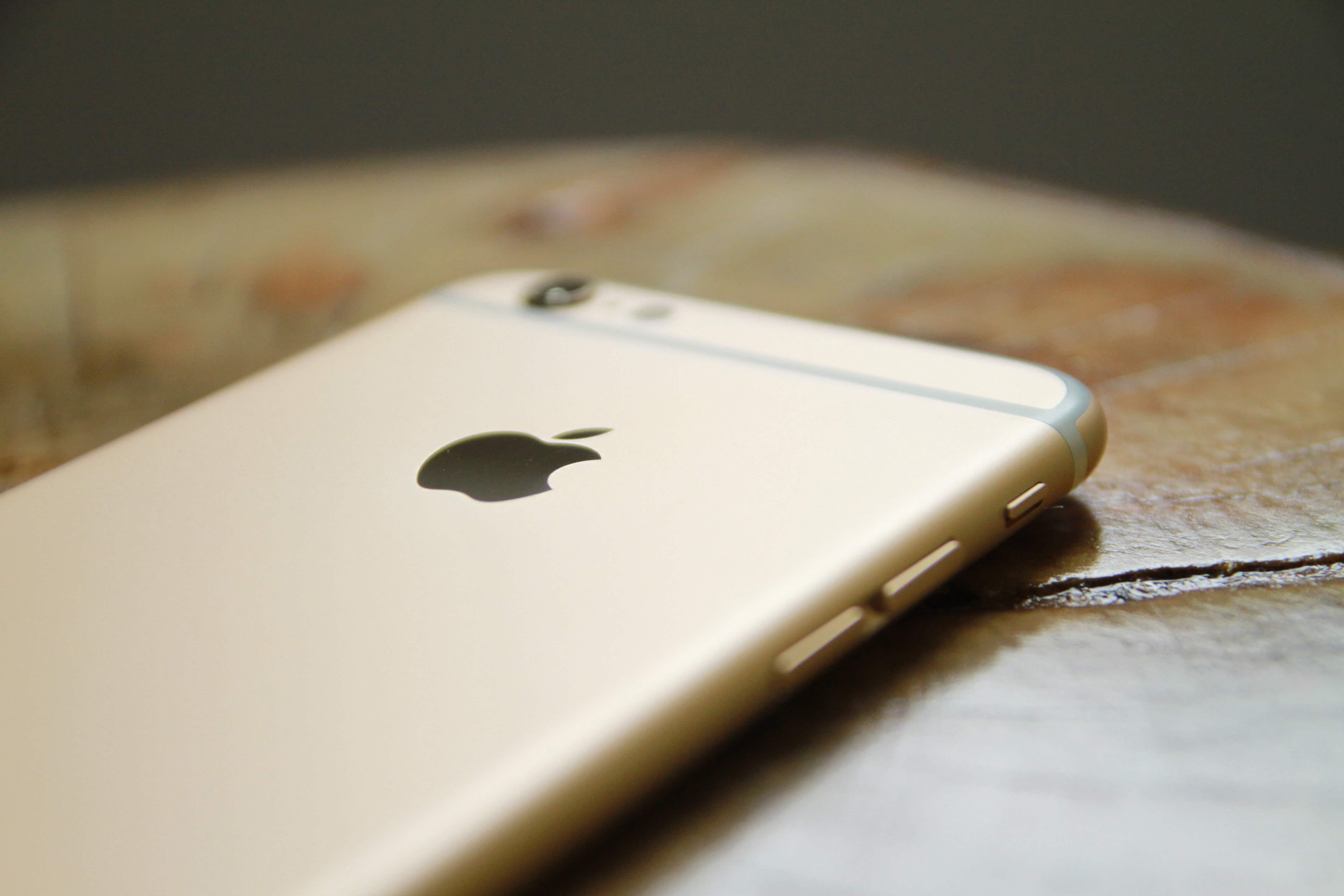Everything You Need to Know About Apple Pay and Mobile Payments
So, you’ve been thinking about trying out Apple Pay, but your healthy Elliot Alderson-esque tendencies have kept you from giving it a shot. Or maybe you’ve been seeing Apple Pay casually but you’re not ready to commit until you get to know it a bit better. You may even have been living with Apple Pay for a while and you just want to learn more about how it works – I don’t know your life. Clearly, something has brought you here. Well, you’re in luck, because here’s everything you need to know about Apple Pay (and mobile payments in general):

What Is Apple Pay?
Apple Pay is Apple’s mobile payment system. You can set up Apple Pay with your iPhone 6 or above, Apple Watch, iPad, and Mac. First announced just over two years ago, it has been steadily growing in popularity ever since. It’s now available in the US, UK, Canada, Australia, China, Singapore, Switzerland, France and Hong Kong, with expansion to more countries planned for later this fall. While it was originally limited in its scope, Apple Pay is now available at a wide variety of major stores (here’s the list) and a smattering of small businesses. Conceptually, it’s supposed to replace credit cards for safer, more secure transactions.

How Does It Work, Technologically Speaking?
Apple Pay uses what’s called a two-part hardware-based security solution. This means two things are required to make a payment: your fingerprint (using the phone’s Touch ID), and the secure element (SE) chip that is in your iPhone – if you have a 6 or above. The SE chip stores your financial information and is accessed only via a randomized 16-digit number generated during transactions. Your financial details don’t get transmitted to the retailer, only a unique device account number, and the data on the SE chip isn’t stored in your software, so a hacked phone still wouldn’t provide access to your financial information. It’s transmitted via near field communication (NFC) radio, which allows smartphones to communicate with other devices when they’re activated and within about 2 inches of each other.
Please note…
Users with an earlier model than the iPhone 6 will have to use an Apple Watch to make payments via Apple Pay. While you can pay for your Josh Groban CDs using your watch, this system swaps the Touch ID step for a button press, which is admittedly less secure.

How Does It Work, Practically Speaking?
When you go to pay for your purchase, enter tip if applicable, hold your phone close to the device while confirming your Touch ID (i.e. touching your thumb to the home button), and you’re done. That’s it! Wow! When it works, it’s incredibly fast. While there were some early issues with consistency, anecdotes about issues seem to be thinning out. However, it’s still a new technology, so you can expect the occasional stumbling block.

Why Would I Want This?
Trepidation about large corporations aside, mobile payments are set to significantly reduce theft of sensitive information and fraud. Despite some reports of uneven growth, many industry groups believe mobile payment systems like Apple Pay are the way of the future. Plus, it’s so fast! Whee! Like a roller coaster, or childhood. You can decide for yourself who you feel less comfortable giving your information to – a giant tech company, or those scammers that got ahold of Gram Gram’s BofA information and tried to buy gas in New Jersey with it.

What Are The Risks?
At this time, the primary problem areas we know about are as follows: not everyone takes Apple Pay and, like your boss on Fridays, it doesn’t always work. The best way to avoid problems? Keep a card or cash on you just in case for the moment while they continue to sort out the hiccups.

